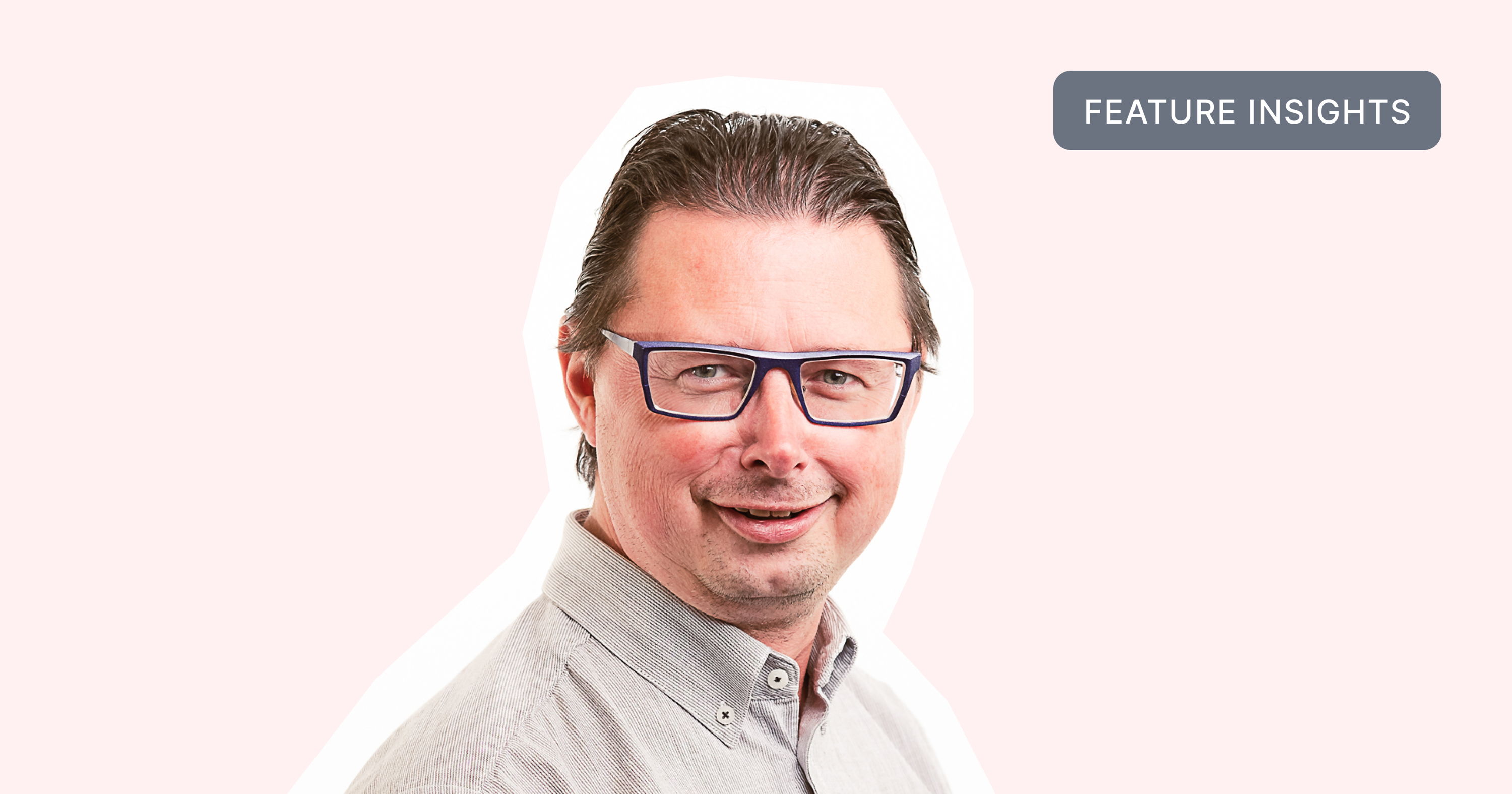msf sa - Bootstrapping your PR: How one global nonprofit builds and keeps its relationships
MSF's Angela Makamure explains why relationships are vital to a nonprofit's PR strategy and how she's worked to maintain those connections through COVID-19, with a little help from Prezly
"With business, it's all about profits," says Angela Makamure, Press Officer at Doctors Without Borders (MSF) Southern Africa. "With an NGO, it's about building relationships. That's how MSF gets into the media."
While businesses can pay to promote their news through placed content and ad campaigns, most NGOs don't have that luxury.
"When you work in corporate, you can pay for space in the newspapers or pay for airtime on radio or online or things like that. We can't do that. We need to use the resources that we have to help people who are really suffering, who don't have healthcare access."
So how did Angela manage to forge media relationships that shine through even during a global pandemic?
Read on to find out :)
"The most vital part of my role is media engagement," says Angela. "About 80% of our funds come from individuals like you and me, ordinary people, that make regular donations even as little as 30 rand per month."
At the time of writing, 30 rand was equivalent to US$1.72. That's per month. In order for a global organization like MSF to keep functioning, it needs to consistently share its work so that people are aware of the difference their money makes and want to keep supporting this work.
"We have to publicize our work so that at least the donors can see what we are doing. We do this by making sure that we organize interviews with the people on the ground who are getting their hands dirty, so that people can visualize the impact their donations have."
Angela's team manages the pool of field workers in Southern Africa and East Africa. By getting more doctors, more nurses and other on-medical professionals to tell their stories, it boosts the work MSF does and encourages others to donate, driving the success of the organization.
"We want people to have that heart of feeling that we are all humans. Through our communication and through our engagement with the media, we are trying to publicize as much as possible the work that we do."
"It's all about relations, especially for NGOs. So I need to convince the media to take our stories, to have an interest in the work that we do."
"A big challenge is that sometimes the content that we want to push may not be relevant to the context of what is happening at a given time. The things that are a priority for us may not necessarily be a priority for everyone else, so that can be a challenge in that no matter how much you try to push that content, it won't sell."
I'm sure that challenge will sound painfully familiar regardless of what sector you work in. Of course, as seems the case with everything in 2020, COVID has stretched this challenge to its limit.
"Every year we try to organize at least two media visits for our journalists to go and see the work that we do in different parts of the world, but now we are not able to do that because of travel restrictions. It's a huge disadvantage for us because we really want people to be able to report from the ground, but right now that's not possible."
With so much content flaring up around COVID, it's hard for other news to cut through the noise.
For businesses with money in the bank, this setback has meant a period of downtime, plummeting profit margins, layoffs and even closures. But for a humanitarian organization relying on public donations to operate, it can mean life or death.
"You are competing with a lot of other organizations who are pushing out their press releases and it means there is very little coverage for us. It's a huge setback. Yes, we are trying to get relevant news out under the circumstances, but it's different. We can't be pushing a lot of content at the moment."
Organizations like MSF cannot afford the luxury of silencing their comms so as not to appear tone-deaf in the pandemic. Instead, they must draw on their expertise to find the niches where their stories remain relevant in the COVID context.
It makes those media relationships count more than ever.
"During this COVID crisis, most of us are working from home and there is none of that interaction that we used to have, like face-to-face meetings, meet-and-greets with journalists, introducing our work and introducing ourselves and also pitching. At the same time, journalists who were already swarmed are now struggling with endless online meetings.
"So what I have done while working from home is just sending a simple text, 'Hey, so and so, how are you doing?' I don't put work first in their faces, I check on their well-being because they are human, like me. The way I’m suffering is the way they are suffering. Those are the kinds of relations I’m trying to cement and make sure that COVID doesn't break us."
I check on their well-being because they are human, like me. The way I’m suffering is the way they are suffering.
That's something you'll hear again and again among good PR groups – put the relationship first, business comes later. Don't forget that before whatever our professions may be, we are all human.
"It's difficult, but I’m trying to make sure that we maintain those relationships and we still get the support of these journalists that we've been dealing with for a long time."
"The part of Prezly that we use most definitely is the email campaigns. We use that a lot because it really helps us to see like how many people are interested in our story based on how many times have they opened, especially in terms of pitching.
"Normally when we send out something, we would then maybe choose a few about ten to see, 'Okay, who might be interested in this?' out of that because of the statistics that you provide that show how many people have clicked, how many times, then we reach out to them if we don't hear back from them."
The statistics and how easy the platform is to work around right from the start of the process of putting together a story is a plus, but definitely it's the emailing that has really helped our work.
The way Angela and her team uses the campaign reports part of Prezly is spot on, because it shows not only who opened your campaign, but also how many times, which can give you a really clear idea of whether someone's interested in your story.
Opened once? Maybe the story isn't their perfect fit. But opened five, 10, 15 times or more? That's a contact you want to follow up with.
"We reach out and say, 'Hey, we hope you have received our email, would you be interested in doing something with us? We have somebody you can speak to.' That has been really, really, really helpful.
"The statistics and how easy the platform is to work around right from the start of the process of putting together a story is a plus, but definitely it's the emailing that has really helped our work."
MSF has three offices across Africa: Angela's in Johannesburg, 1 in Dakar and another in Nairobi, each with its own comms team. While the news coming from each office is localized, there is a certain degree of overlap in stories that affect the whole continent, which is where Angela has uncovered a hugely time-saving feature.
"If the other offices don't have time to write up their own press release, they will just go to what I have put together or Seipati has put together and just duplicate that and use it for their audiences, saving a lot of time.
"I think the fact that we can do that is very helpful because in most cases there are some priority communication packages that we can share here in Africa, for instance, so it's easy for one of the three offices to then just duplicate and send."
"The fact that we can put a lot of multimedia content in our Stories, the fact that you can attach a lot of things, I think is very, very helpful. It's everything on one platform."
As you might imagine, this is a huge time saver for comms teams within big organizations that might otherwise spend hours creating slight variations of the same content from scratch.
The added plus is that it isn't just the story they save time compiling, but all of its related assets.
"The fact that we can put a lot of multimedia content in our Stories, the fact that you can attach a lot of things, I think is very, very helpful. It's everything on one platform."
This is an interesting point. Something a lot of people don't realize is that when you add heavy attachments to your email – so, images, videos, PDFs and so on – many email providers will see that email as spam and stop it from landing in the recipient's inbox. Have this happen enough times and you might even find your email blacklisted.
To counter this common problem, we built Prezly a bit differently. Instead of sending over all your assets at once, Prezly automatically captures a small, lightweight snapshot of your content and sends that as part of your campaign instead. This means that when your contact opens your Prezly email, they can immediately see a preview of all the media assets you're including and can click through to your newsroom to access the original files.
That means you can send all the hi-res images, videos, PDFs etc that you want, and it will never get in the way of your pitches being delivered.
"We tried with another service provider and we were very limited in terms of how many contacts we could send to per day, how many campaigns we could send out, the size of the assets and things like that."
"With Prezly I have not seen an issue with that because we have shared a lot of photos, we have shared videos and things like that all in one email. Other platforms that we have tried are very limited, so thumbs up to you!"
Thank you, Angela! 🤗
You can find MSF SA's latest news in their Prezly newsroom and learn how you can help their incredibly valuable work at www.msf.org.za 🙏


